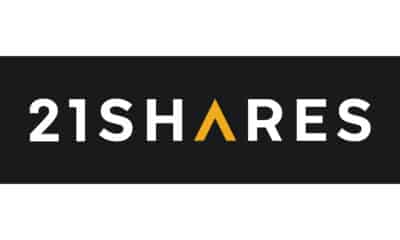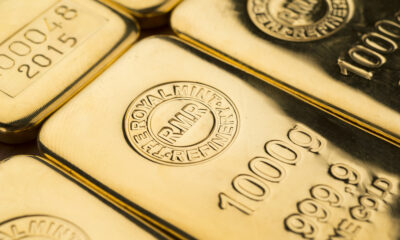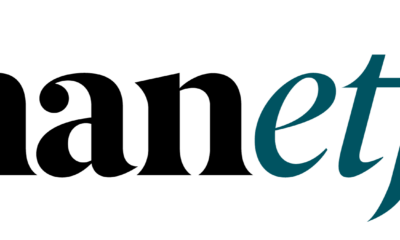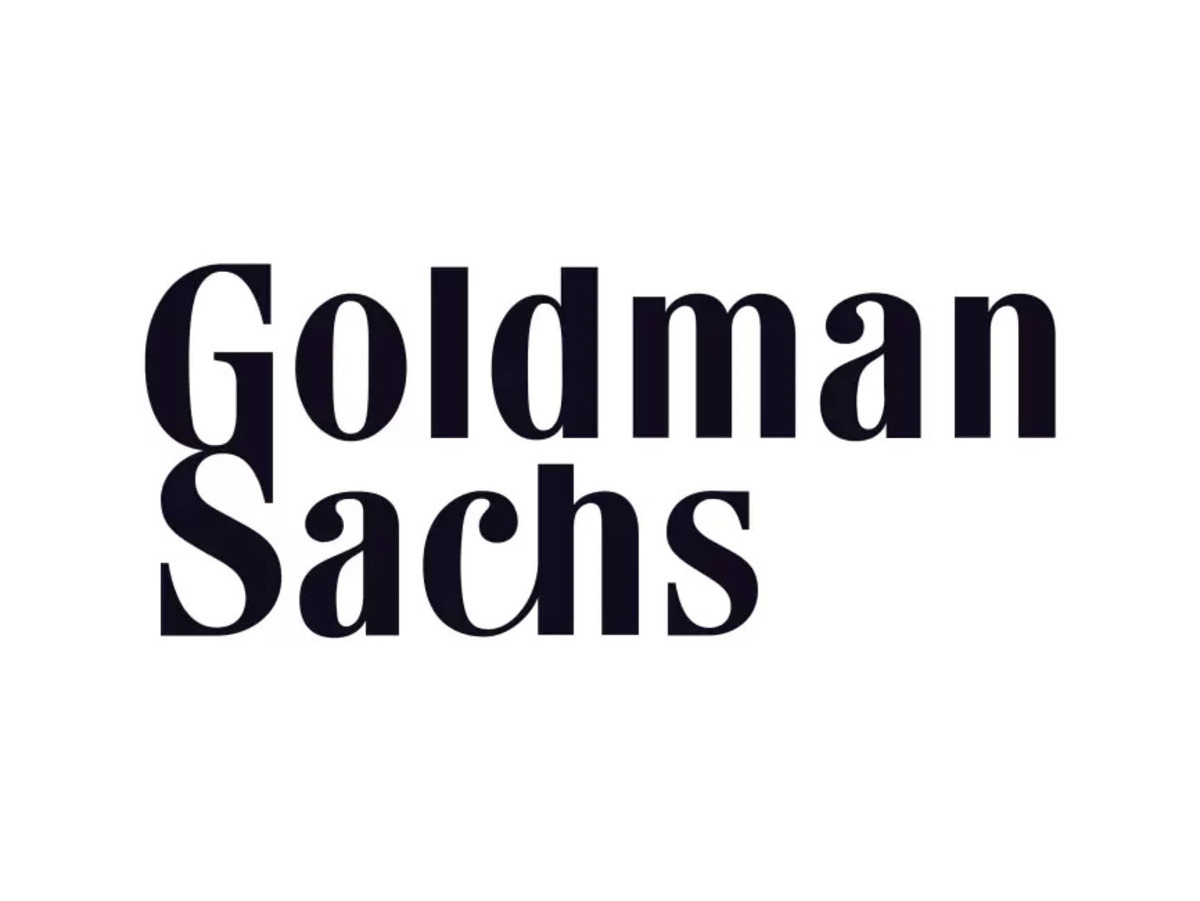ETF Securities Asset Allocation Research – A tactical play to political uncertainties
Highlights
- For February, the tactical portfolio is reducing its allocation in US and French equities while overweighting Canada, India, Brazil, Russia and Turkey.
- After two months underweighting most bonds except US investment grade, the tactical portfolio is taking a neutral position on rising interest rates and inflation expectations.
- Within commodities, the portfolio tactically underweights nickel and tin, increasing allocation in corn and sugar while remaining neutral on energy and precious metals.
For February, the tactical portfolio is reducing its allocation in US and French equities while overweighting Canada, India, Brazil, Russia and Turkey.
After two months underweighting most bonds except US investment grade, the tactical portfolio is taking a neutral position on rising interest rates and inflation expectations.
Within commodities, the portfolio tactically underweights nickel and tin, increasing allocation in corn and sugar while remaining neutral on energy and precious metals.
Political uncertainties around the world are growing and may last longer than the market expects. While the divorce between the UK and the EU remains full of uncertainties, the German, French and Dutch elections are likely to add further uncertainty. Although we feel many elections pledges are unlikely to become a reality, the US may not be the trade partner the UK is seeking for as, since his inauguration, President Trump has been loosely delivering on what he has promised during his campaign. While market volatility has not picked-up yet, inflation is rising in the US, EU and UK, increasing the risk of central bank policy errors.
February 2017 positioning
Although very close to its lower band, the market volatility index (VIX) still stands between its historical average and its lower band, suggesting a more balanced tactical split between equities and bonds. The portfolio therefore has 45% in equities, 45% in bonds and 10% in commodities while its strategic benchmark holds 55% in equities, 35% in bonds and 10% in commodities.
Within the equity space, the CAPE (Cyclically Adjusted Price to Earning) valuation model suggests reducing allocation in the US and four European countries while overweighting Canada, Brazil, Russia, India and Turkey. European countries to underweight include France but also Italy, Denmark and, due to rising valuations, Sweden replacing the Netherlands this month. The US CAPE ratio is at its highest since December 2014, standing 47% above its 10-years median. For January positioning, the France CAPE ratio was also at its highest since 2007 before declining slightly this month. Among the countries at the other end of the spectrum, Brazil and Russia continue to show the largest differentials between their CAPE ratios and their respective 10-year medians, suggesting that these countries remain largely undervalued and justifying a tactical increase in their weights.
The below table highlights how our tactical positions have changed for the past three months compared to the strategic benchmark and our new positions for February.
(click to enlarge)
For November and December 2016, the bond model suggested to underweight most bond categories with the exception of US investment grade, as inflation expectations and interest rate expectations in the US and the EU were at a turning point. Last month, the model suggested returning to the strategic portfolio weights as both rates were rising in tandem. With the CDS (Credit Default Swap) of each bond hovering around its historical average, the tactical portfolio keeps a neutral position for February as well.
For commodities, the contrarian model is taking a complete shift for grains and softs from underweighting wheat, soybeans, cotton and coffee for January positioning to overweighting corn and sugar for February. While the model suggested underweighting copper, lead and overweighting zinc for January, it now suggests underweighting nickel and tin. The model has been tactically neutral on precious metals for the second consecutive month and shifts from overweight to neutral on energy.
Portfolio performance
The tactical portfolio still has the lowest level of volatility compared to a traditional balanced 60/40 portfolio, and the strategic benchmark, improving the Sharpe ratio by 35% on average to 0.44 compared to 0.37 for the 60/40 and 0.30 for the strategic portfolio.
(click to enlarge)
Whilst underperforming the 60/40 benchmark by 0.2%, the tactical portfolio outperforms its strategic benchmark by 0.6% per year since January 2005.
(click to enlarge)
With the exception of equities, each asset class in the tactical portfolio outperforms its counterpart in the 60/40 and strategic benchmarks. The bond component outperforms by 0.6% on average while the commodity component outperforms by 0.2%, illustrating the efficiency of our fundamental-based models in improving the risk/return profile of their respective asset class as well as the tactical portfolio.
In addition, the tactical portfolio provides higher protection from the downside risk with a maximum drawdown of -27.2% compared to -38.5% for the 60/40 and -39% for the strategic benchmark.
Finally, the portfolio recovers faster to its previous peak (2.42 years versus 3.25 years for both benchmarks).
Portfolio methodologies
Our strategic benchmark follows a long-only strategy with 60 investments across three asset classes: commodities (25), equities (28) and bonds (7). As illustrated below, the initial weights are based on the weighting methodology of:
The Bloomberg Commodity Index for commodities
The MSCI AC World Index for equities
The Barclays bond indices for bonds
(click to enlarge)
The strategic portfolio represents a balanced portfolio with 55%, 35% and 10% allocated in equities, bonds and commodities respectively. Every month, the strategic portfolio rebalances into the weights set by the above benchmarks.
Our tactical portfolio aims to outperform its strategic benchmark by applying fundamental-based models to reflect our expertise in each asset class and our views of the global economy. The tactical portfolio rebalances every month to a new set of weights determined by the models below:
The equity-bond relative trade model sets the weights at the asset class level between equities and bonds while commodities will remain at 10% all the time
The CAPE model sets the weight for equities
The bond model sets the weight for bonds1
The contrarian model sets the weight for commodities
Important Information
General
This communication has been issued and approved for the purpose of section 21 of the Financial Services and Markets Act 2000 by ETF Securities (UK) Limited (“ETFS UK”) which is authorised and regulated by the United Kingdom Financial Conduct Authority (the “FCA”).

 Nyheter3 veckor sedan
Nyheter3 veckor sedan
 Nyheter3 veckor sedan
Nyheter3 veckor sedan
 Nyheter4 veckor sedan
Nyheter4 veckor sedan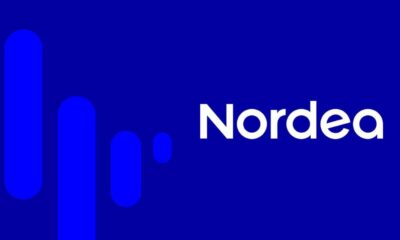
 Nyheter3 veckor sedan
Nyheter3 veckor sedan
 Nyheter4 veckor sedan
Nyheter4 veckor sedan
 Nyheter3 veckor sedan
Nyheter3 veckor sedan
 Nyheter4 veckor sedan
Nyheter4 veckor sedan
 Nyheter4 veckor sedan
Nyheter4 veckor sedan




